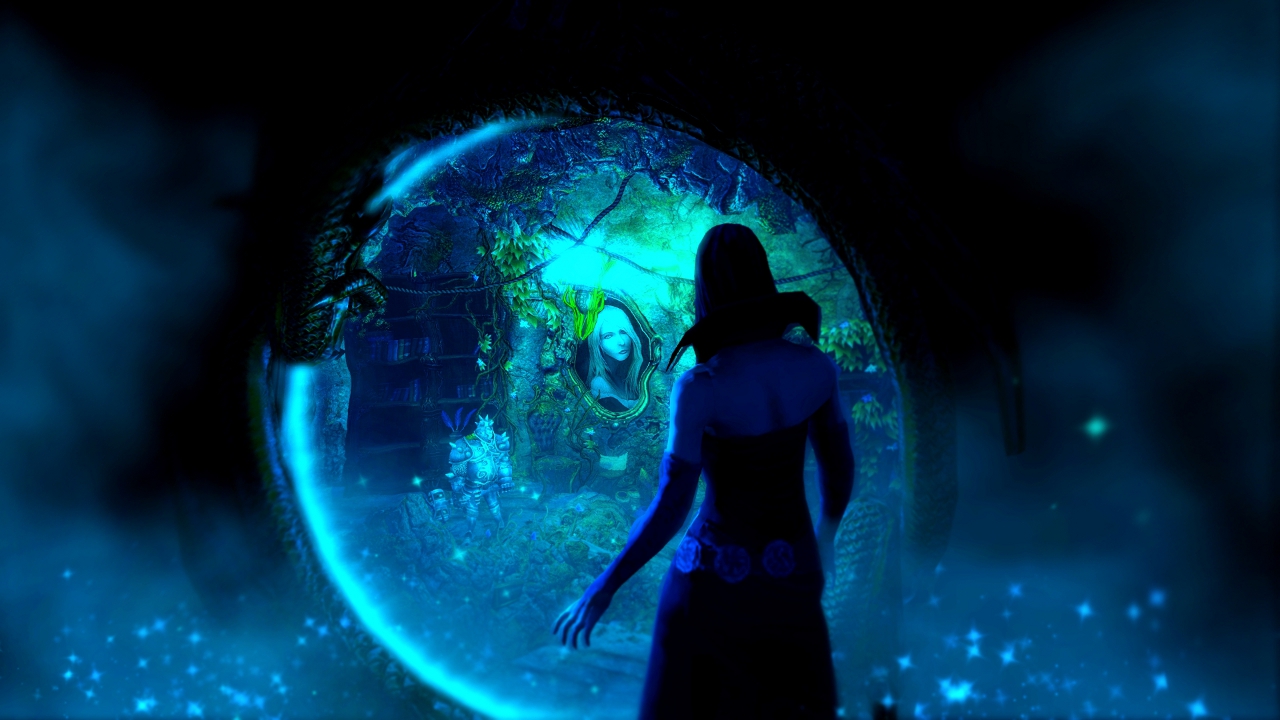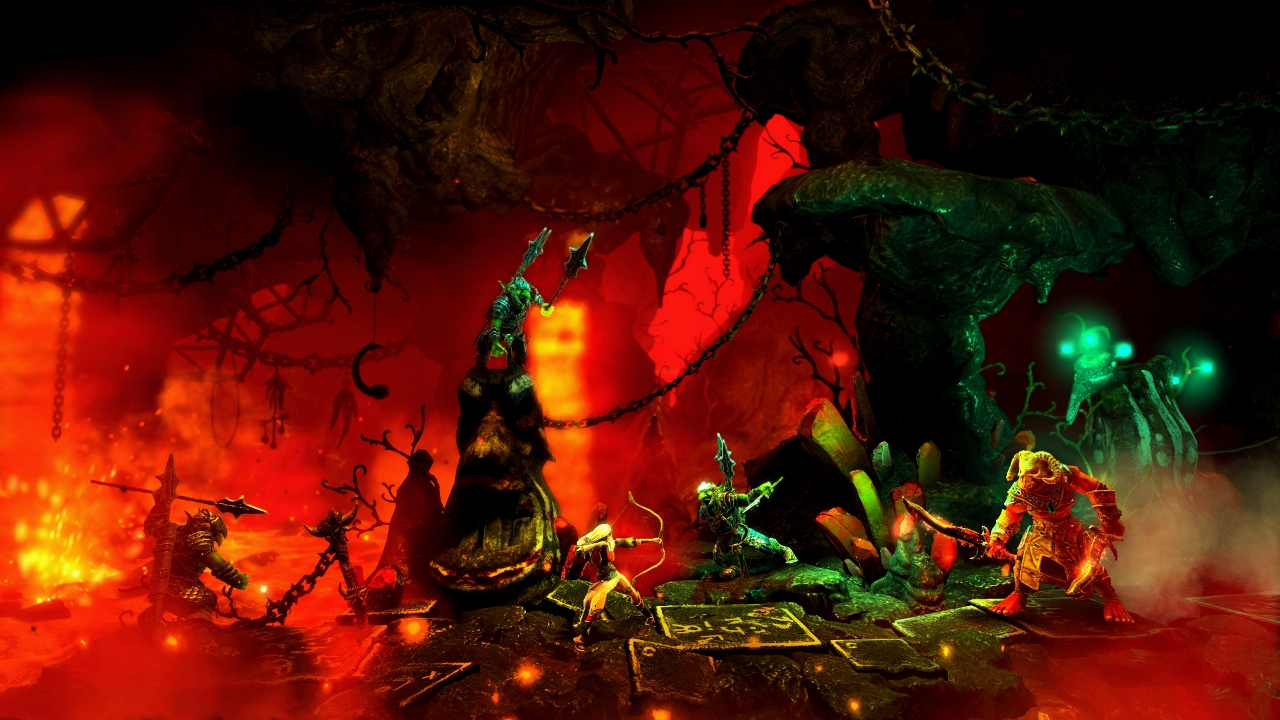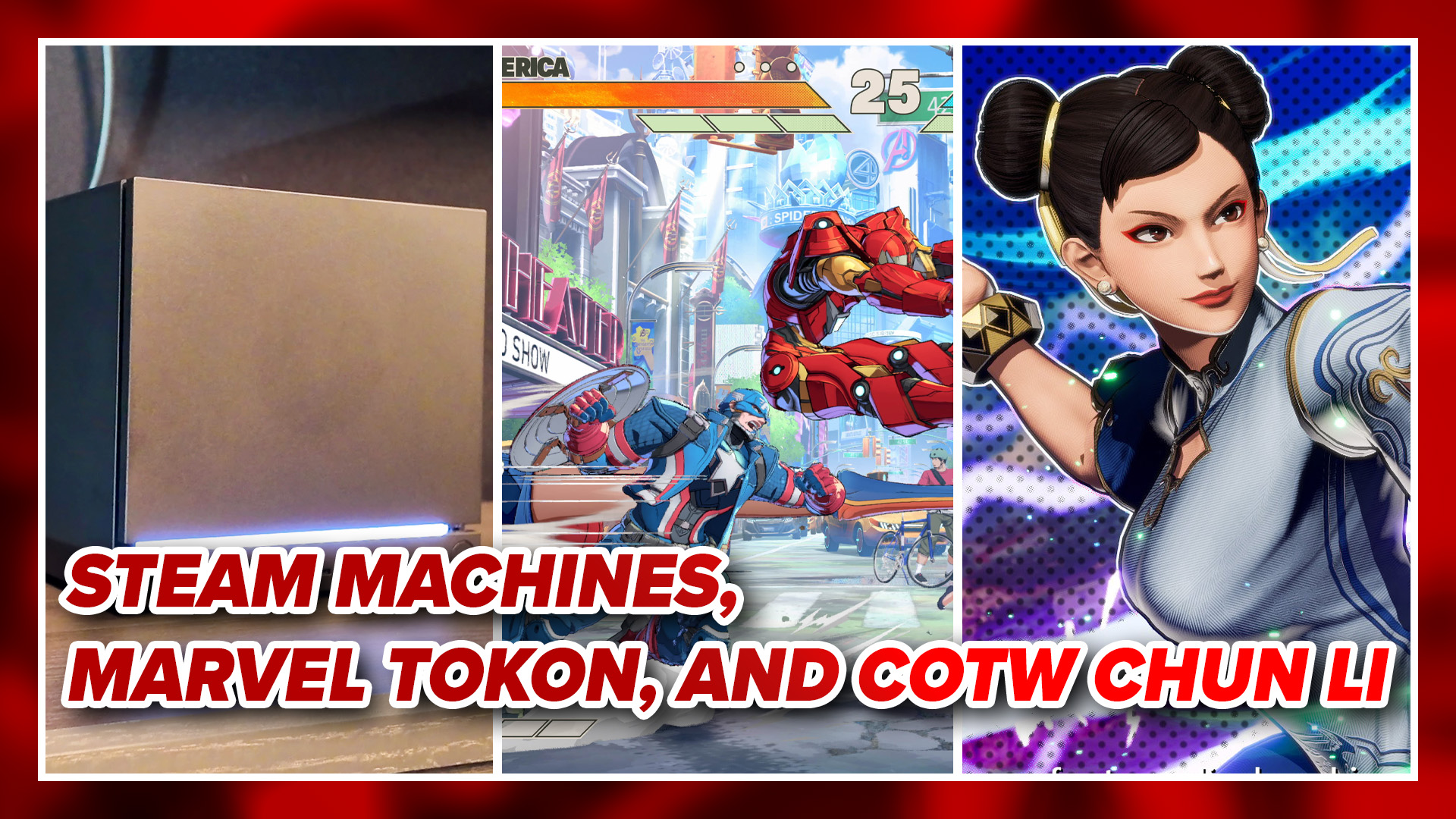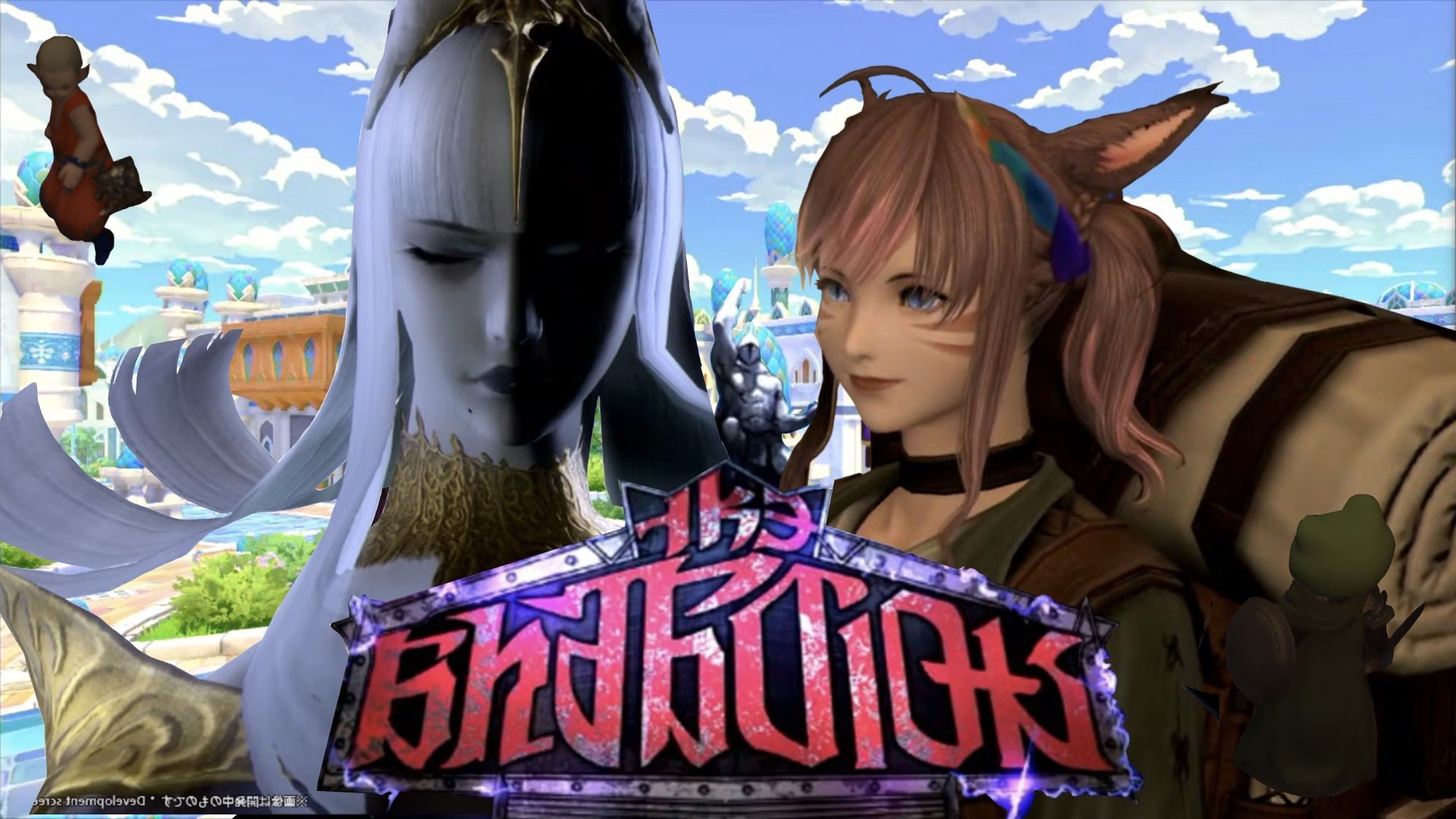The “Trine” is revisiting those heroes it had bound together in the last adventure, Trine. “What does it want now?” seemingly exclaimed from the mind of Amadeus, the wizard who had been asleep peacefully by the fire. Following the light leads him to its source, and he gets reunited with the thief and the knight. The “Trine” has once again bound these three souls into an adventure that not all of them want to take.
This is how the story begins. In the beginning, tutorial-like levels we figure out what happened to these characters before they were grouped together. Trine 2 blends the tutorials into the beginning scenes of the game quite nicely. The rest of the gameplay can go one of two ways: Single play or cooperative play. Single play is the focus of this review and allows you to use all three characters in game by cycling through them at will. Cooperative play has this same feature, no matter if another player has already chosen a character. This can take some of the fun out of the puzzles. This is a puzzle-platformer, and therefore all three characters will often need to be used for each puzzle. Some of the characters are better for combat (such as Pontius, the knight), and some are more suited to puzzle nature (Amadeus, the wizard). Since Trine 2 is largely puzzle heavy, whereas combat is mostly secondary, passive characters such as Amadeus hold greater weight with regards to function.
So here we have our three characters: Amadeus, Zoya, and Pontius. Amadeus is a wizard that has a few helpful skills as well as a huge drawback to using him. While he can move any moveable object and create boxes to use as stepping stones, he has no real attacks. The only think he can really do is drop boxes on enemies, or later in the game, pick up enemies and can put them in the way of harm. Unfortunately, if enemies are bolting in his general direction, Amadeus will not be able to pick up objects that quickly. A slight pet peeve with using the character was the lack of an option to invert controls for use with the cursor function (for when you need to move items that are being held).
Zoya is the thief, and she often comes in handy with regard to acrobatics. She uses a bow which, besides killing enemies, can cut vines which hold objects such as boulders. Whether or not the enemies get hit is entirely up to the player. The right stick controls aiming of the bow, and holding down in a direction long enough can charge the shot. Zoya, like all characters, has the ability to upgrade skills. One of hers is upgrading her arrows to frost arrows, but she also has the ability to upgrade her character abilities (such as “stealth”, among others). Her less offensive skill is grappling. She can grapple onto any wooden surface and lower or raise herself up from default position. Swinging back and forth can help her jump higher.
Last, but not least, is Pontius the knight. He proves the most useful for combat, in that he can directly attack enemies with his sword and block projectiles with his shield. Unlike Zoya, who has arrows that are only really useful when far away from an enemy, Pontius can bash away at enemies running towards him. Other than that, he does not have any puzzle solving skills besides annihilating stone barriers with his hammer or wooden ones with his sword. Upgrades obtainable later to him include a frost shield, fire sword, and more.
This is a side-scrolling game, and more importantly, one that only moves on one constant plane (like a traditional Mario game). What this means is that you can not move your character in any other way other than back and forth. With this, getting throughout the level to each exit is a lot harder than a game which allows you to move independently in front of and behind objects, because it is extremely easy to get stuck behind something. For instance, Amadeus must often lift curved pipes in a configuration to negotiate an air stream (to allow the character to float). If you complete this working contraption it’s only useful if it was completed while the character was on the correct side of it, or you could get stuck building it over again when you are on the correct side of it.
In addition to air pipe puzzles, there are a number of other puzzles in Trine 2. Although battles happen frequently throughout the game, it is always secondary to the puzzle nature of the levels. The thing that makes the puzzles so interesting is that they can be done in a countless number of ways. Using Zoya’s grappling hook, or Amadeus’ levitation and ability to produce boxes can get you almost anywhere in the game. Some puzzles are really easy and straightforward, while others need time to sink in or just a lot of trial and error. The puzzles are fun though, and Trine 2‘s peaceful atmosphere prevented frustration that may be normally had in other puzzle games.
There is a story, but it’s nothing that is going to hold your attention for very long. The visuals in Trine 2 will, however, as everything is very well animated in the game. Most cutscenes are done using the in game graphics, or as a “moving painting” type of graphic. Everything seems to have a nice fantasy glow to it, and the simple graphics allow the game to move without any performance issues. The sound is also enjoyable, but the voice work is a little cheesy.
Overall, Trine 2 is a great puzzle platformer that will amuse any gamer with a like for these types of games. The puzzles can be very challenging, and the game encourages you to be creative in how you solve them using all three characters. Trine 2 also uses the achievement system and supports three player co-op (local and live). This review was for the Xbox 360 Arcade version of the title, but it is also available on the PlayStation Network and Steam.
[Images via Atlus]








